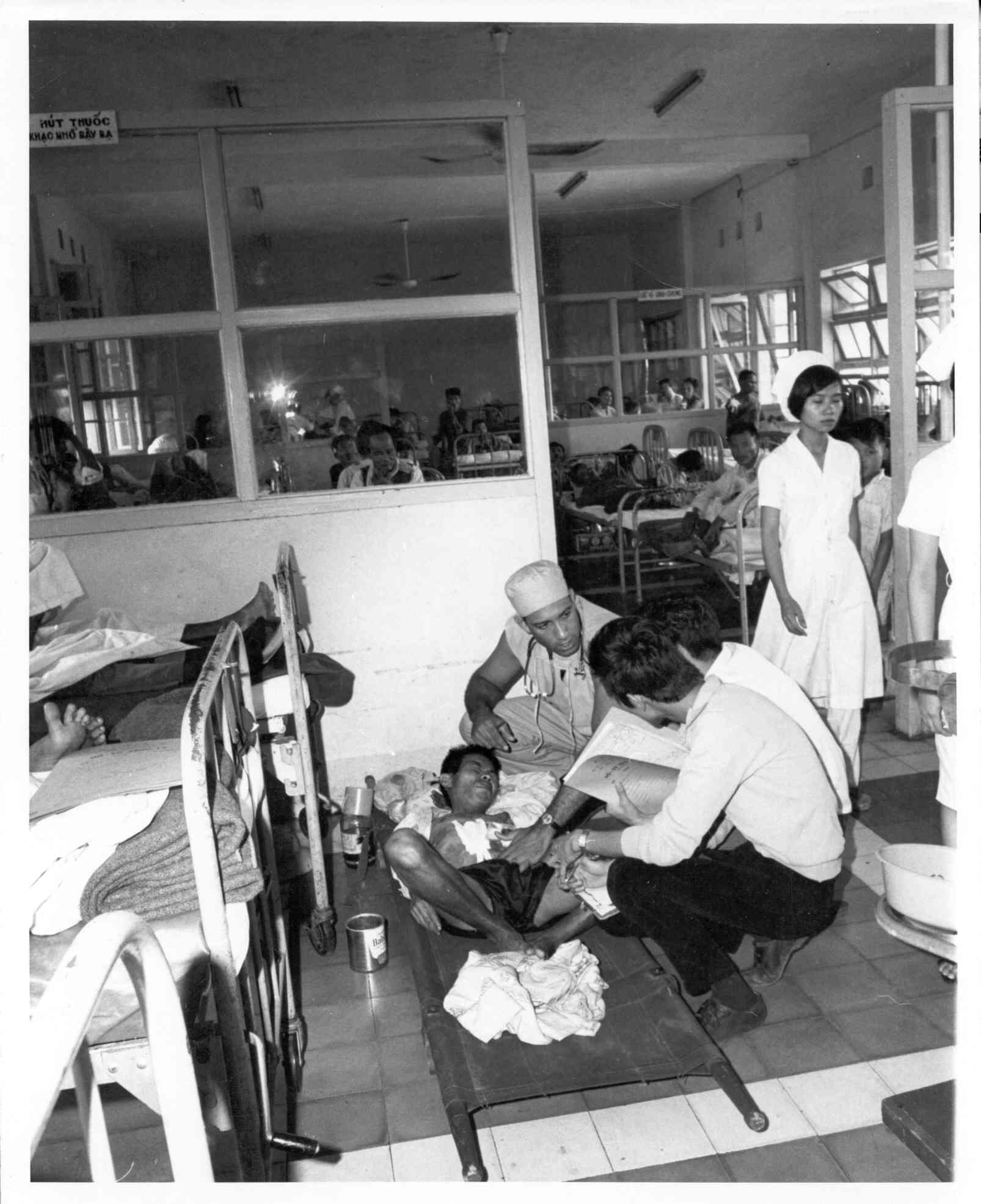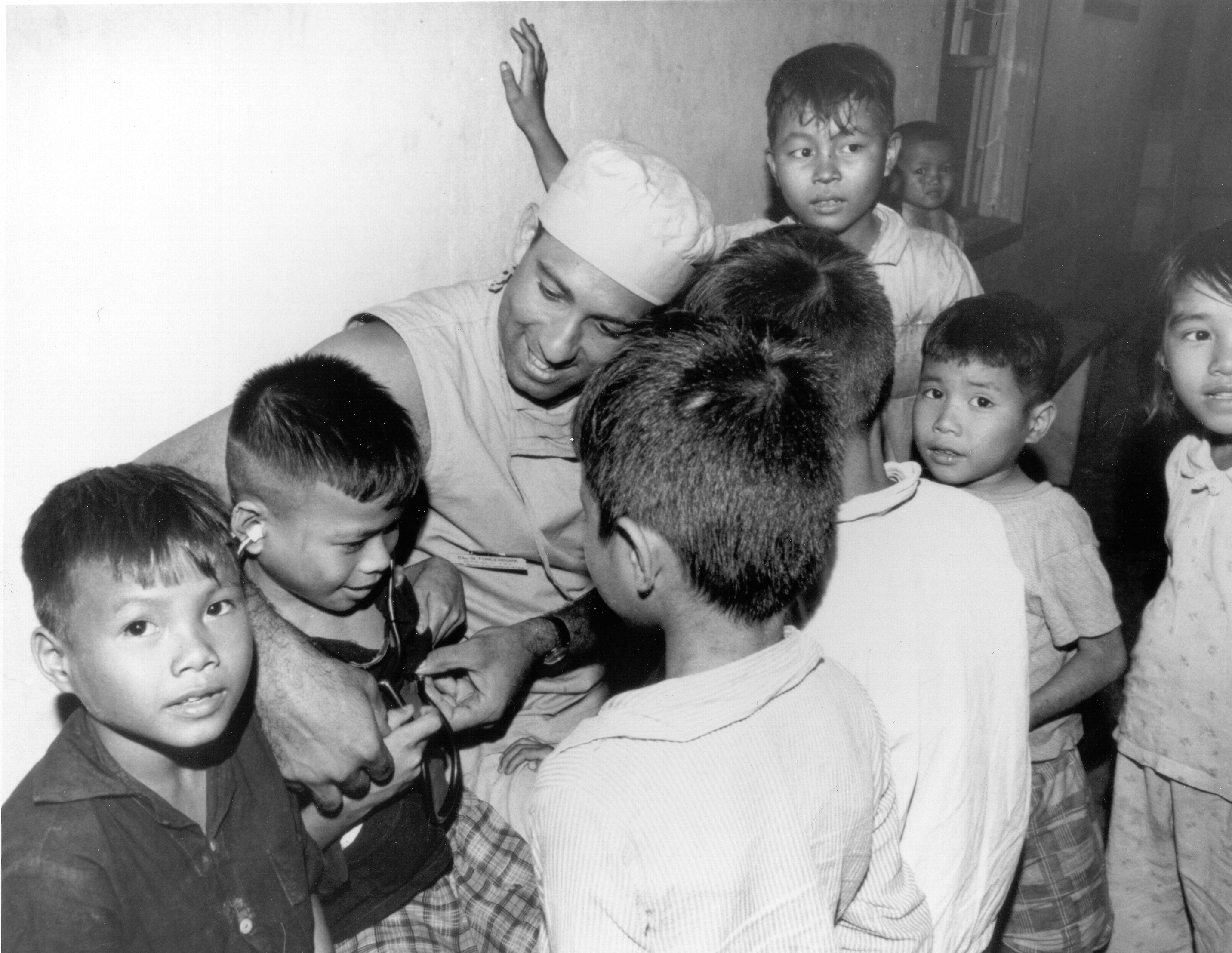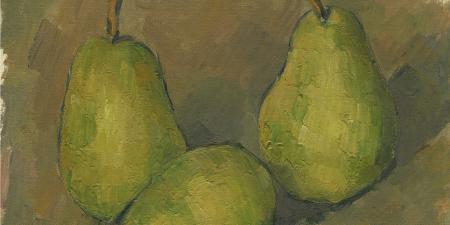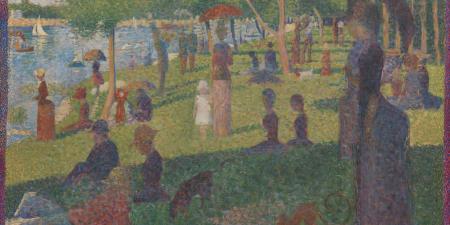In the summer of 1965, at the request of the South Vietnamese authorities, a small group of American physicians arrived in Vietnam as part of a humanitarian effort to care for civilians in Southeast Asia. Twenty-five years of war and insurrection had created tremendous health burdens on the population, and, as increasing numbers of Vietnamese physicians were pressed into military service, fewer than 350 native physicians were left to care for more than 5 million Vietnamese civilians. This first small band of American physicians who arrived in 1965 represented the beginning of the Volunteers for Vietnam Program, a humanitarian initiative that, by 1967, was administered by the American Medical Association and funded by the United States Agency for International Development. Physicians volunteered for a 2-month tour of service in Vietnam during which they were paid $10 a day. From 1967-1973, a total of 774 American physicians served 1,029 tours of service in Vietnam.
One young physician who answered the call to humanitarian service was William W. Funderburk. Leaving behind his wife, their 3 small children, and his surgical practice at Freedman's Hospital in Washington, DC, 36-year-old Dr. Funderburk embarked on a 2-month tour of service in October 1967. Dr. Funderburk had been exempt from military service during his medical training, and the volunteer program provided him with the opportunity to use his surgical skills where they were desperately needed.
He was assigned to Danang, a city of about 250,000 people on the coast of the South China Sea. The Danang Surgical Hospital treated 15 percent of the war casualties in South Vietnam and nearly 50 percent of all casualties in region 1 of the count. (Vietnam was divided into 4 regions with region 1 the second largest.) Overcrowding was severe-the surgical unit, designed for 350 beds, housed 500-600 patients, while the medical unit, designed for 200, accommodated more than 300 patients.
His days were long and challenging - over 65 percent of Dr. Funderburk's surgery was on patients with war- related injuries. He stated that "the multiple war casualties which were seen and treated were far out of proportion to anything that might be envisioned in the US, and the types of wounds were unique"1. He also treated diseases prevalent in the region such as plague, typhoid, malaria, cholera, and hookworm disease.

Hospital beds did not have side railings. Due to this hazard and the severe overcrowding of the wards, patients were often evaluated and treated on stretchers placed on the floor. Image courtesy of the AMA Archives.
In addition to caring for patients, Dr. Funderburk served as an advisor to several interns who rotated through the hospital at Danang from the medical schools in Saigon and Hue. The students spent 2 months at the hospital in surgical training under the direct supervision of Dr. Funderburk and two senior Vietnamese physicians.
Dr. Funderburk continued his mentoring role when he returned to the US, sponsoring 3 young Vietnamese interns to visit the United States for further medical training.
Upon his return from life as a Bac Si My (American doctor) in Vietnam just before Christmas of 1967, Dr. Funderburk commented that although he witnessed much suffering in Danang, he "wouldn't change those 2 months for any 2 months I've spent in medicine and surgery"2.

Dr. Funderburk with pediatric patients in Danang Community Hospital. Image courtesy of the AMA Archives.
For his commitment to the professional ideal of patient care wherever the need and regardless of the language, political, and cultural barriers, his willingness to subject himself to danger and inconvenience to bring comfort to the sick and wounded, and his role as mentor and advisor to young students, we are proud to name Dr. William W. Funderburk a role model in medicine.
References
-
Funderburk WW. End of service report, American Medical Association, Volunteer Physicians for Vietnam. Dec.1967 (unpublished). Courtesy of AMA Archives.
-
Funderburk WW. End of service report, American Medical Association, Volunteer Physicians for Vietnam. Dec.1967 (unpublished). Courtesy of AMA Archives.



